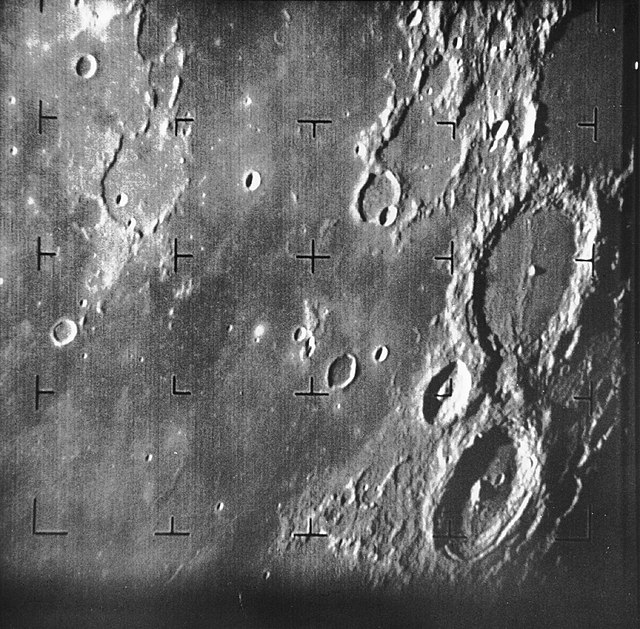Ranger 2 was a flight test of the Ranger spacecraft system of the NASA Ranger program designed for future lunar and interplanetary missions. Ranger 2 was designed to test various systems for future exploration and to conduct scientific observations of cosmic rays, magnetic fields, radiation, dust particles, and a possible hydrogen gas "tail" trailing the Earth.
Ranger 2
Artist's conception of Ranger 2 spacecraft.
The Ranger program was a series of uncrewed space missions by the United States in the 1960s whose objective was to obtain the first close-up images of the surface of the Moon. The Ranger spacecraft were designed to take images of the lunar surface, transmitting those images to Earth until the spacecraft were destroyed upon impact. A series of mishaps, however, led to the failure of the first six flights. At one point, the program was called "shoot and hope". Congress launched an investigation into "problems of management" at NASA Headquarters and Jet Propulsion Laboratory. After two reorganizations of the agencies, Ranger 7 successfully returned images in July 1964, followed by two more successful missions.
First image of the Moon returned by a Ranger mission (Ranger 7 in 1964)
Program Ranger Organization Chart
Ranger block I spacecraft diagram. (NASA)
A Ranger probe undergoing restoration at the Udvar-Hazy Center






